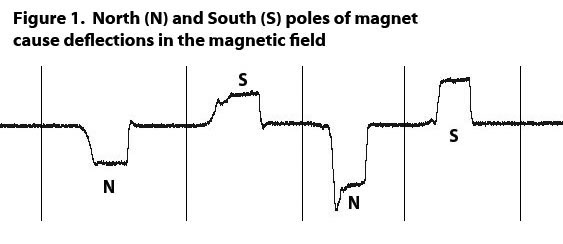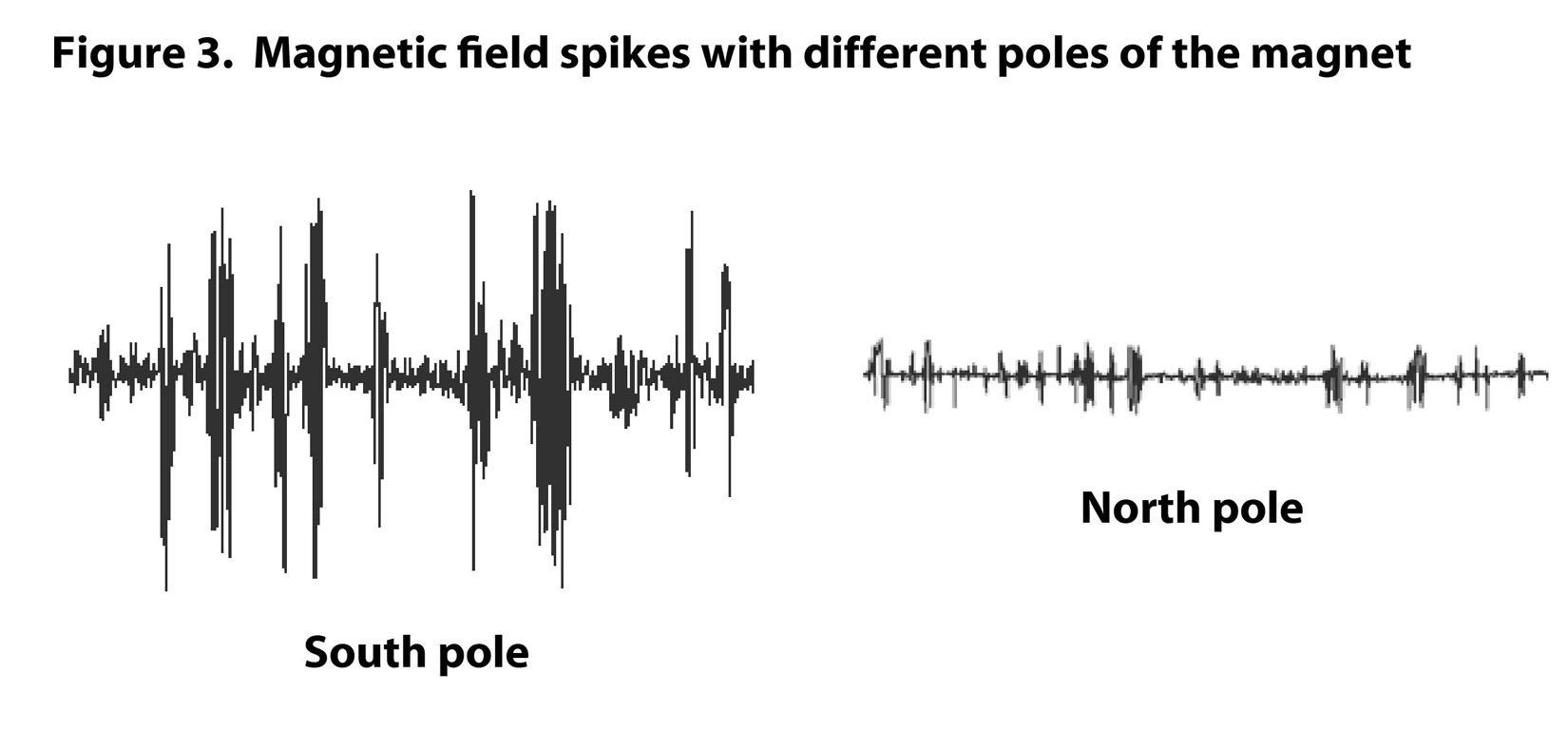The life force or life energy is variously called “Qi”, “Ki”, “Odic force”, “orgone”, “bioenergy” or “mana” by different cultures and investigators. But are these truly the same thing? Dr. Wilhem Reich made detailed observations of what he called “orgone” energy, and similarly, Baron Charles von Reichenbach made detailed observations of “Odic force”. But their observations and methods seem different enough that I think they may be describing different forms of energy.
Reichenbach worked with “sensitives” – sensitive individuals who could see colored, flickering flames at the ends of bar magnets. The sensitives reported that the South or negative Pole, “gives the larger flame”, and the North or positive pole, “the smaller flame”. According to Reichenbach, the “magnetic flames and their light…[show a] complete resemblance to the aurora [borealis], such that he considered the two as identical. In further experiments, he found that colored auras are also present around crystals and living things, and he gave the name, “Odic force”, to these magnetic-like emanations.
In the laboratory, I was curious whether my magnetometers – Hall-type or fluxgate – could pick up any differences between the North and South poles of a bar magnet.
While holding a bar magnet with the South or North pole pointed towards my Hall-type magnetometer (Figure 1), I observed either a decrease (North Pole pointing towards magnetometer) or an increase (South Pole pointing towards magnetometer) in the magnetic field flux density or strength. These observations are what one would expect, with each pole having either a positive or negative effect on the local magnetic field. The hand I used to hold the magnet – right or left – did not matter – the results were the same.
The fluxgate magnetometer showed a similar increase or decrease in the magnetic field flux density depending on which pole of the magnet pointed towards it, but it seemed to be more sensitive to the magnetic field of the bar magnet, registering higher flux densities – more than 100X that observed with the Hall-type magnetometer.
Also, with the fluxgate magnetometer, when I picked the bar magnet off the surface of a metal oven, separating it from the metal surface, one or more bursts of activity appeared on the screen (Figure 2). The bursts were delayed for a few seconds after I picked up the magnet, depending on the distance from the metal oven to the magnetometer. It was a neat example of a magnetic field (MF) travelling wave, a wave of MF activity moving across the room towards the magnetometer.
I have not found any published description of magnetic field ‘bursts’ or travelling waves when a bar magnet is pulled from its ‘keeper’, but the wave and bursts can be explained by the current theory of magnetic reconnection. According to this theory, when magnetic field lines of force change quickly (e.g., magnet and steel being pulled apart), plasmas are created and move explosively, releasing bursts of energy. Magnetic reconnection is thought to be the driving mechanism in solar flares and magnetospheric substorms.
In one experiment, I observed higher-amplitude spikes in MF activity with the South Pole pointed towards the fluxgate magnetometer, as compared to lower-amplitude spikes with the North Pole (Figure 3). Reichenbach reported a larger flame with the South Pole, so the amplitude of random spikes in MF activity may be a potential correlate for the height of the magnet flame as visualized by sensitives.



